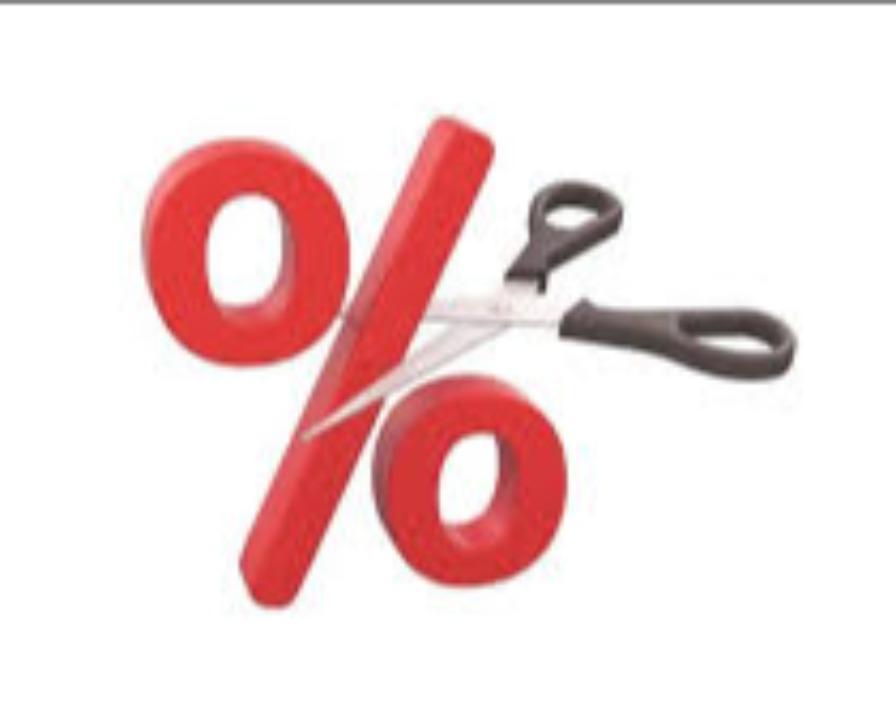The U.S. dollar faced a decline in the market on Monday, lingering near two-month lows in anticipation of the release of crucial U.S. inflation data. Investors sought more cues regarding the Federal Reserve's potential initiation of a rate-cutting cycle.
Last week, the dollar experienced significant downward pressure following dovish comments from Federal Reserve Chief Jerome Powell during his two-day testimony before Congress. Powell's remarks hinted at the likelihood of the U.S. central bank starting to cut interest rates as early as this summer.
Mixed job data on Friday added to the uncertainty, with non-farm payrolls growing by 275,000, yet the unemployment rate rose to 3.9% in February after maintaining a 3.7% level for three consecutive months. This kept the possibility of a June interest rate cut from the Fed on the table.
The spotlight now turns to Tuesday's U.S. inflation data, with economists anticipating a 0.4% rise in February's Consumer Price Index (CPI) after an unexpectedly fast 0.3% increase in January.
In the currency markets, USD/JPY traded 0.3% lower at 146.70, reflecting the yen's surge to an over one-month high in the past two sessions. This surge was supported by growing conviction that the Bank of Japan (BOJ) was nearing the end of its ultra-easy monetary policy.
An upward revision in GDP data allowed the Japanese economy to avoid a technical recession in the fourth quarter, potentially giving the BOJ more room to tighten policy sooner. The BOJ is expected to meet next week, and policymakers are reportedly considering a rate move either in March or late April.
USD/CNY edged lower to 7.1840, while AUD/USD fell 0.2% to 0.6614 amid dwindling expectations for more rate hikes by the Reserve Bank of Australia.
In Europe, EUR/USD edged 0.1% higher to 1.0944, with the euro maintaining strength after hitting an eight-week high against the dollar last week. This performance marked its best weekly showing against the dollar since the week ending December 22.
The European Central Bank (ECB) opted to keep rates at record highs of 4% last week, hinting that June might be the month to commence interest rate cuts to support the region's sluggish economy.
Traders are also awaiting the eurozone January industrial production data scheduled for later in the week, following December's report, which showed a significant increase in production, erasing a full year of declines.
GBP/USD traded 0.1% lower at 1.2841 ahead of Tuesday's release of the latest U.K. jobs report. Traders and the Bank of England are closely monitoring wage growth amid speculation over the timing of a first-rate cut.
In Asia, most currencies showed limited movement on Monday, while the U.S. dollar hovered near two-month lows as markets eagerly awaited key U.S. inflation data for cues on when the Federal Reserve might cut interest rates.
Regional currencies gained strength last week after somewhat dovish signals from Fed Chair Jerome Powell and middling labor data, reinforcing expectations of the central bank beginning to trim rates as soon as June. This trend weighed heavily on the dollar, pulling it to near two-month lows.
The Japanese yen benefited significantly from a softer dollar, surging to an over one-month high. The yen traded around 147 to the dollar on Monday, supported by growing conviction that the Bank of Japan was approaching the end of its negative interest rates and yield curve control policies, potentially happening as soon as next week.
An upward revision in GDP data showed the Japanese economy dodging a technical recession in the fourth quarter. The BOJ is set to meet next week, and a Reuters report suggests that policymakers are considering a rate move either in March or late April.
Other Asian currencies maintained a flat-to-low range. The Australian dollar fell 0.2%, reflecting diminished expectations for more interest rate hikes by the Reserve Bank.
Signs of cooling economic growth also fueled expectations that the Reserve Bank of Australia (RBA) might cut interest rates this year.
The South Korean won and Singapore dollar strengthened slightly, while the Indian rupee steadied near six-month highs, with key inflation data from the country also anticipated later in the week.
The dollar index and dollar index futures steadied above the 102 level on Monday, after facing significant losses last week. The greenback was impacted by comments from Fed Chair Jerome Powell, signaling the central bank's readiness to cut rates amid easing inflation. Powell clarified that he was not waiting for inflation to reach 2% before considering rate cuts.
Adding to the dollar's pressure, data on Friday revealed that nonfarm payrolls grew more than expected in February. However, January's reading was revised substantially lower, and other indicators showed rising unemployment, indicating some cooling in the labor market.
Powell's comments have shifted the focus to Tuesday's Consumer Price Index (CPI) data, especially as several other Fed officials also indicated that interest rate cuts would depend largely on the inflation path.
On Tuesday, the dollar held broadly steady ahead of key U.S. inflation data expected later in the day, while the yen firmed near a one-month high. Expectations grew that the Bank of Japan could exit negative interest rates as early as next week.
Against the dollar, the euro retreated from a roughly two-month high hit last week, last trading at $1.0931. Sterling rose 0.08% to $1.2822, though it remained some distance away from Friday's more than seven-month peak.
Currency movements were subdued, and the greenback halted its recent decline as markets awaited U.S. inflation data for further insights into the timing of the Federal Reserve's potential rate easing this year.
While expectations are for core consumer prices to have risen 0.3% on a monthly basis in February, investors will be keenly observing for any upward surprises, similar to those seen in January, that could impact the pace of expected Fed rate cuts.
The Australian dollar rose 0.01% to $0.6615, while the New Zealand dollar edged 0.02% lower to $0.61685. The dollar index remained little changed at 102.80, having hit a roughly two-month low of 102.33 last week.
The fall in the greenback has come amid rising bets that the Fed could initiate rate cuts by June, particularly after comments from Fed Chair Jerome Powell last week solidified those expectations.
The yen continued to strengthen against the U.S. dollar for a fourth straight session on Monday, bolstered by an upward revision to Japan's growth figures. Expectations for the Bank of Japan to exit negative rates at its policy meeting next week further contributed to the yen's upward momentum.
Bank of Japan Governor Kazuo Ueda noted on Tuesday that the economy was recovering but also displaying some signs of weakness, offering a slightly bleaker assessment than in January. This acknowledgment aligns with recent soft data on consumption.
These remarks come ahead of the central bank's policy meeting next week, where the board will deliberate on whether the outlook is positive enough to phase out its massive monetary stimulus. The market eagerly anticipates the BOJ's decision, considering the potential implications for the yen and broader economic stability.



